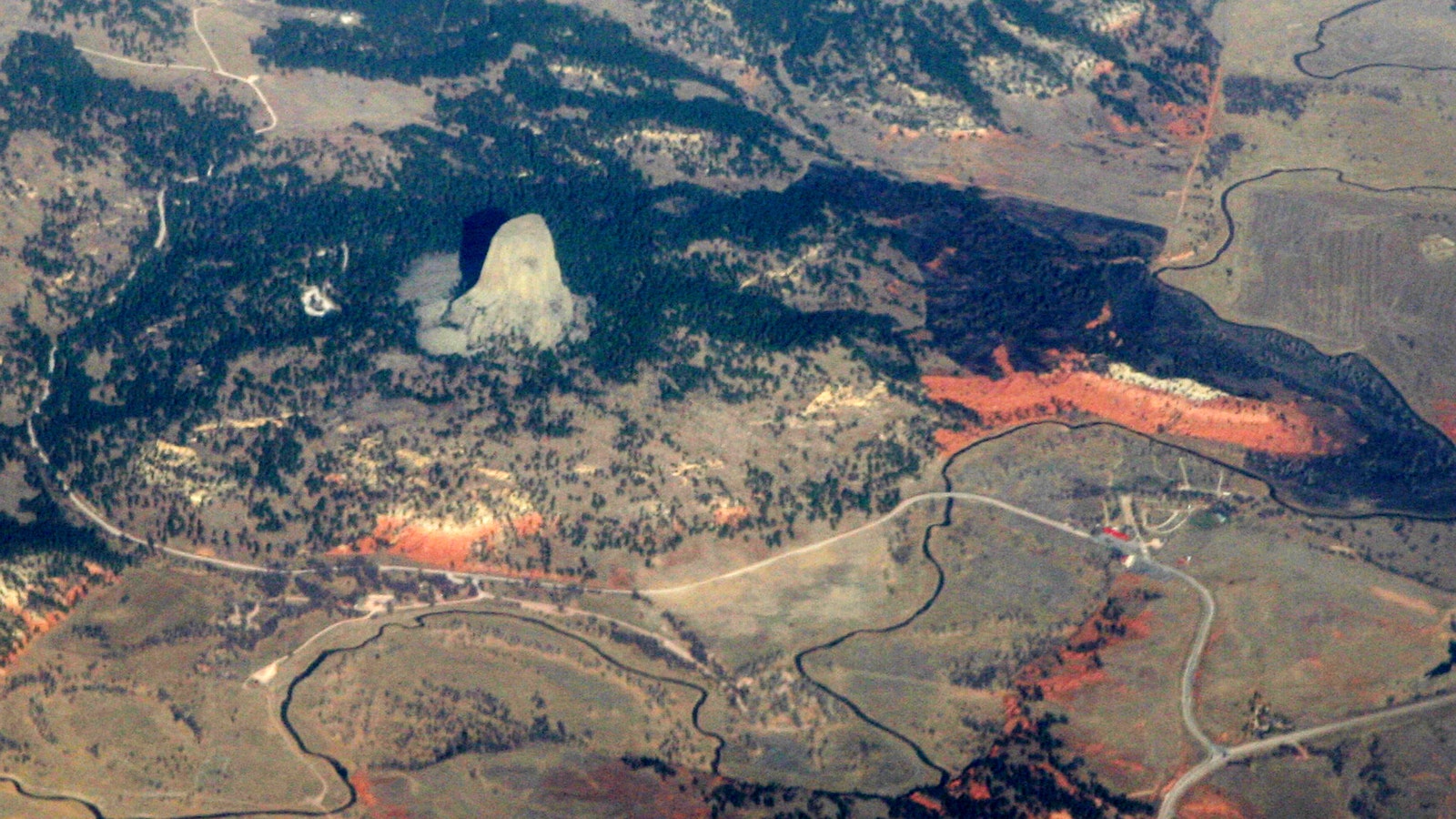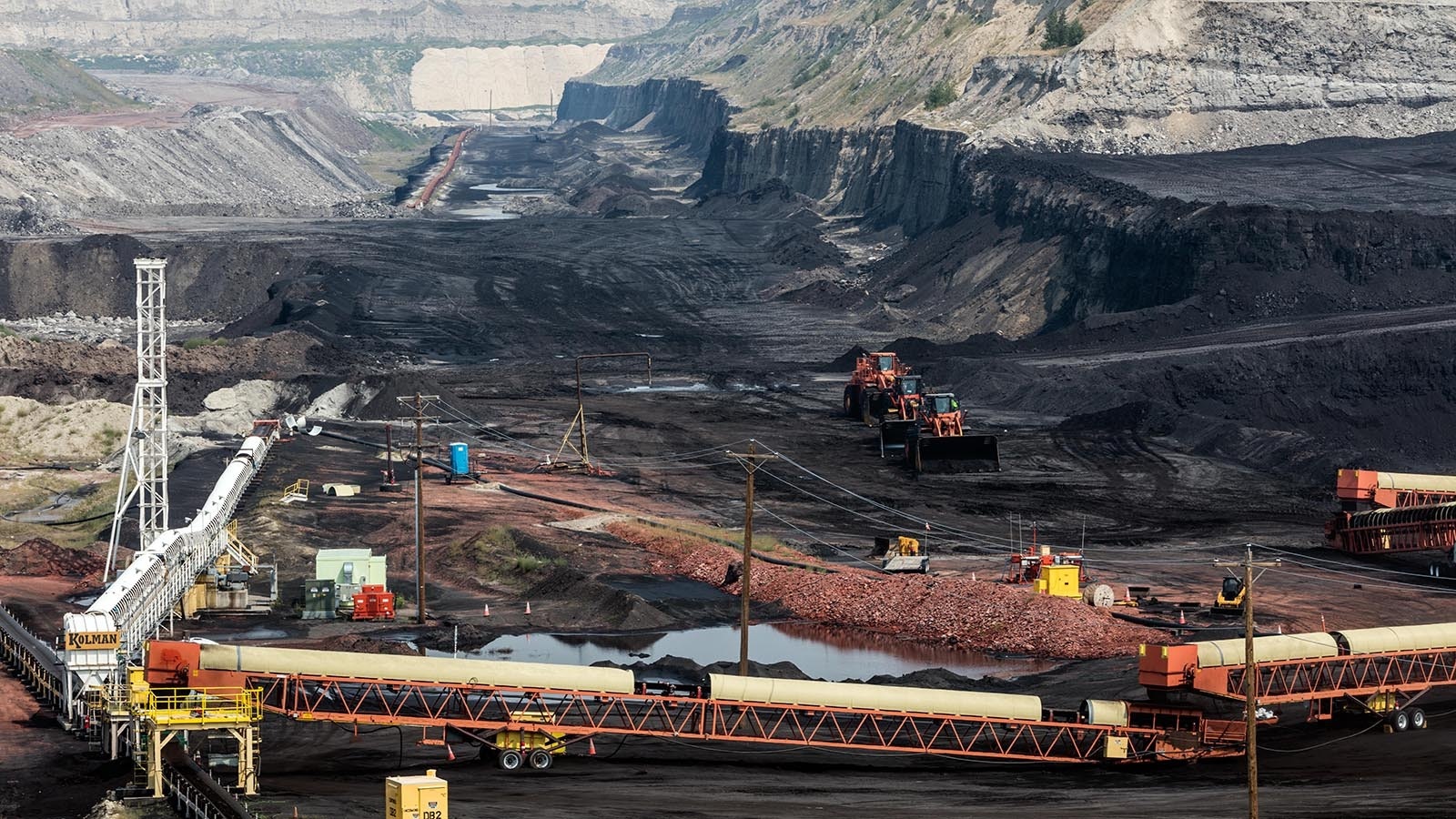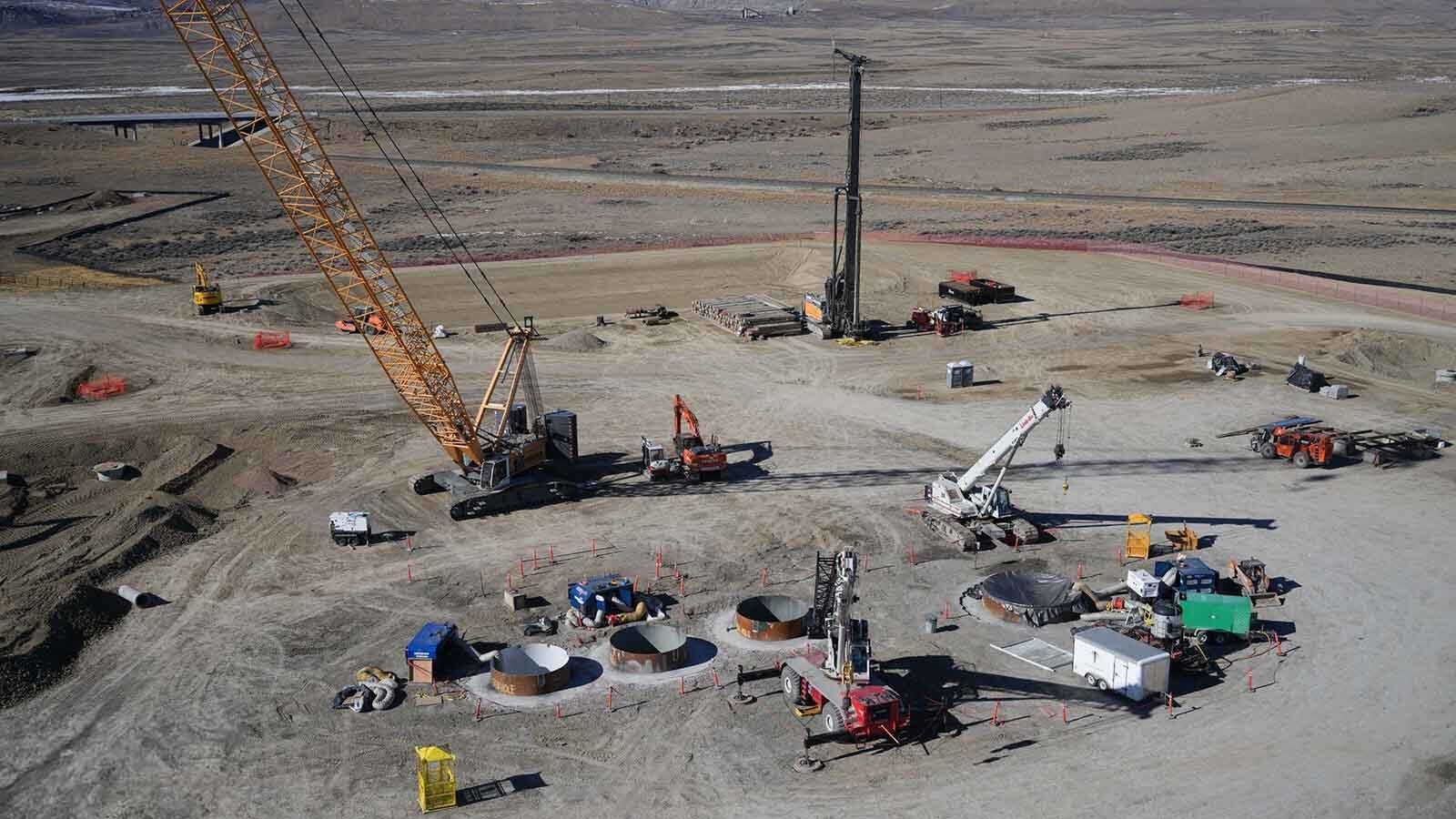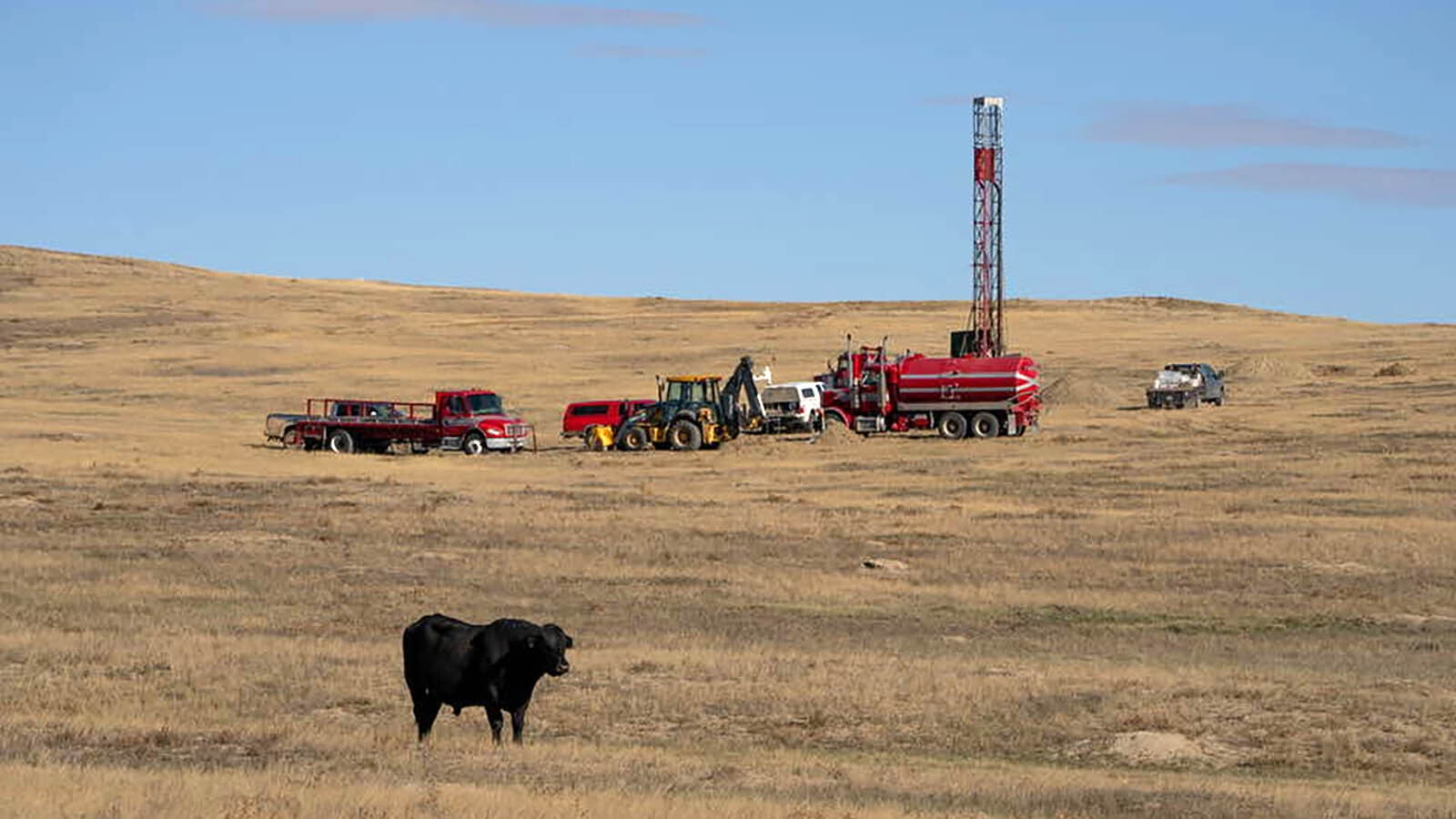The Biden administration has long argued that its refusal to issue quarterly oil and gas leases is not what’s stopping oil companies from producing oil, but rather they refuse to use 9,000 approved but unused drilling permits.
It turns out the number is closer to 6,600, but the number doesn’t matter, according to one industry researcher.
Linnea Lueken, research fellow with the Heartland Institute, told Cowboy State Daily that just because a company secures a lease or has a permit to drill doesn’t necessarily mean they can just start producing oil. There are a lot of steps in the process, as well as multiple barriers.
Love Of Science
Lueken got her bachelor’s degree in petroleum engineering from the University of Wyoming. She then worked on Halliburton offshore oil platforms in the Gulf of Mexico, before going to work for the Heartland Institute.
Lueken said she was always interested in a variety of fields of science, and the petroleum engineering field gave the option of exploring them all.
“So geology and physics and chemistry — whatever you decide to lean into is something that you can do in that industry,” Lueken said.
Reporting Discrepancy
The Biden administration has issued the fewest acres of oil and gas leases since any president since World War II. Facing mounting criticism for high gasoline prices in March 2022, Biden told reporters the problem was oil companies’ fault.
“Right now, the oil and gas industry is sitting on nearly 9,000 unused but approved permits for production on federal lands. Families can’t afford to let oil companies sit on their hands,” Biden said.
In its January Application for Permit to Drill Status Report, the Bureau of Land Management updated the total approved and unused drilling permits to 6,653. The bureau attributed the drop to a “reporting discrepancy resulting from a transition to a new database in mid-2020.”
Misleading Claim
Lueken said it doesn’t matter how high the number is, because portraying these approved but unused leases as companies sitting on their hands is misleading. There’s a lot that goes into taking a lease to production, she said, and not all leases result in a producing well.
“Once you secure a lease, it doesn’t necessarily mean that you’ve already proven reserves on that location,” Lueken said.
Companies start by doing geological surveys of the area, if they haven’t already done them. Sometimes companies have nearby leases, so they have some idea what they’re going to find.
“But there can be surprises,” Lueken said.
For onshore production, you need right-of-way permits to build roads to the drill site. There are all kinds of permits and permissions from various agencies and parties that any industrial project needs to obtain before any work can be done, Lueken explained.
There are also permits involved with pipelines, which are sometimes required to prevent flaring, which is when associated gas is burned off at an oil well site.
“Then, of course, the drilling permit itself can take quite some time to get,” Lueken said.
Environmental Assessments
Part of the drilling permit process when it comes to oil and gas development on public lands is the environmental assessments required by the National Environmental Policy Act. These assessments require that the company show, to a reasonable degree, that the project can be done without serious impacts to wildlife and the environment. Any industrial project, including wind and solar farms, have to complete the assessments, and they take a long time — sometimes years — to complete.
Lueken said sometimes this step gets held up in court. There was a case involving an offshore oil operation that a judge in Louisiana delayed in part because, according to the ruling, the operation’s associated carbon dioxide emissions were going to have too large of an impact.
Lawfare
There can also be other litigation launched from environmentalist groups that hold up industrial projects, including drilling permits for oil and gas development.
Each permit that’s required is often a chance to litigate against an approval, whether it’s the pipelines and roads associated with a drill site or the NEPA process.
These suits aren’t always successful, Lueken said, but often a company decides the expense and time to fight them just isn’t worth it. So, the project isn’t pursued toward completion.
“Of course, that’s what the litigators want. The word that they use for this is ‘lawfare,’” Lueken said.
Expensive Project
Drilling operations are capital-intensive projects, and the environmental, social and governance (ESG) movement, which rates companies based on their commitments to progressive causes, such as reducing fossil fuel use, has starved oil companies of lending options.
Jason Isaac, director of Life:Powered, a national initiative of the Texas Policy Foundation to raise America’s understanding of the importance of energy in human prosperity, said at a conference in Orlando last month that private capital investment in the oil and gas industry has decreased from $50 billion in 2015 to $3 billion in 2021.
Lueken said that an offshore drilling operation can cost $500,000 a day or more just for operations during the drilling process, and it can take two weeks to drill a well.
“I don’t think people really can wrap their heads around how expensive these individual projects are,” Lueken said.
The end result of all these required steps, potential roadblocks, and cost increases is that companies will often hold onto leases and drilling permits and not actually drill for any oil or gas.





